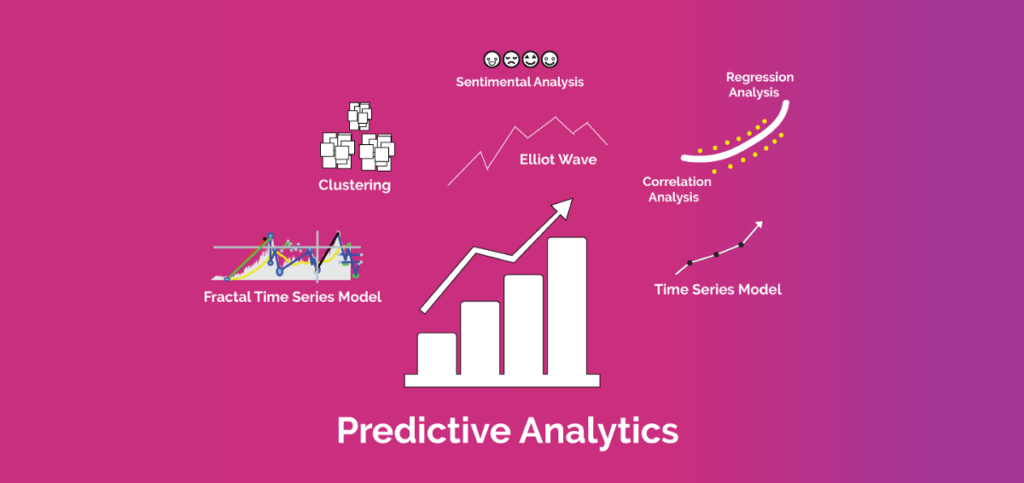
Free eBooks for Beginners
Running your React Native app on an actual device is an important step in the development process. This allows you to see how your app will look and perform on an actual device, and to test it in a real-world environment.
Running your app on an Android device is a straightforward process, and it can be done in just a few steps. First, you need to make sure that your device is set up for development. This typically involves enabling developer mode on the device, and installing the necessary USB drivers on your computer.
Once your device is set up, you can connect it to your computer using a USB cable. From there, you can use the React Native command line interface to run your app on the device. To do this, you need to navigate to the root directory of your project using the terminal or command prompt, and then enter the following command:
react-native run-androidThis command will start the React Native packager, which will compile and build your app, and then install it on your device. You should see a progress bar in the terminal or command prompt as the app is being built and installed, and once it is complete, your app should be running on your device.
It’s important to note that you may need to run the command adb devices before running react-native run-android to make sure that your device is properly connected to your computer.
Once your app is running on the device, you can start testing and debugging it. You can use the React Native debugging tools to inspect the app, and to find and fix any issues. You can also use the React Native developer menu to reload the app, to enable hot reloading, and to access other debugging tools.
In conclusion, running your React Native app on an Android device is an important step in the development process, and it is easy to do. By connecting your device to your computer, and using the React Native command line interface, you can run your app on an actual device, test it in a real-world environment, and use the React Native debugging tools to find and fix any issues.
React Native for Beginners – Chapter 21: Run an app on device – Android
 Loading...
Loading...
Disclaimer: The information and code presented within this recipe/tutorial is only for educational and coaching purposes for beginners and developers. Anyone can practice and apply the recipe/tutorial presented here, but the reader is taking full responsibility for his/her actions. The author (content curator) of this recipe (code / program) has made every effort to ensure the accuracy of the information was correct at time of publication. The author (content curator) does not assume and hereby disclaims any liability to any party for any loss, damage, or disruption caused by errors or omissions, whether such errors or omissions result from accident, negligence, or any other cause. The information presented here could also be found in public knowledge domains.
